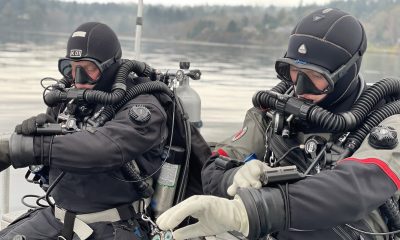

How many “deep” open circuit dives would you have to conduct—you are using helium aren’t you?—to pay for a rebreather, training and necessary experience dives? It’s...
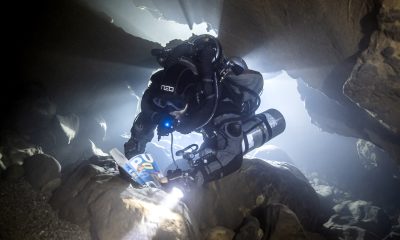

Tech diving requires a deep body of knowledge that must be kept current. So it seemed appropriate to ask, what books should tekkies have on their...
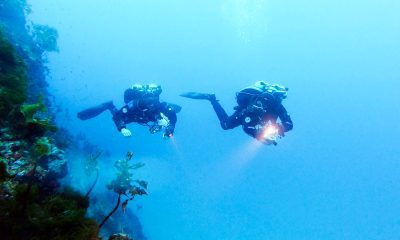

NextGen Scholar Annika Andresen details her experience taking GUE’s Technical Diver 1, regarded as one of the agency's most rigorous classes. If the failures don’t get...
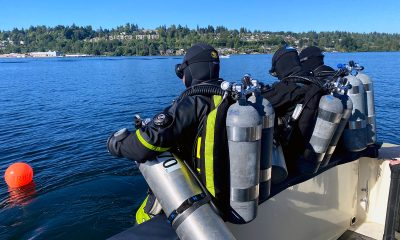

GUE Instructor Evaluator Guy Shockey explains how to prepare for GUE’s Tech 1 course. That’s right. It requires pre-class preparation.
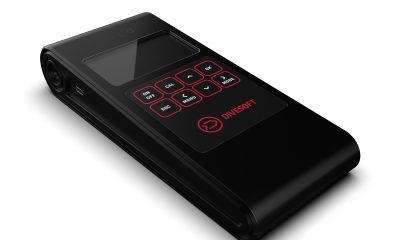

Introducing Divesoft’s new Analyzer SOLO O2 made for recreational divers’ gas analysis needs! It’s a smart and accurate NITROX analyzer that offers simple oxygen measurement and...
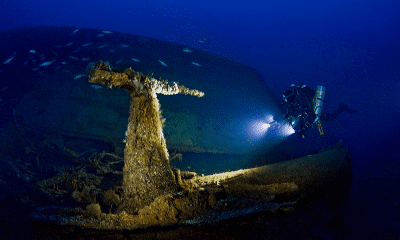

The advent of mixed gas usage by sport divers—the so-called “Technical Diving Revolution”in the early to mid-1990s—greatly expanded our underwater envelope, while arguably improving diving safety....
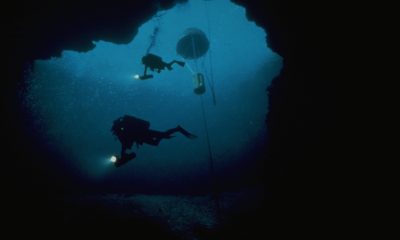

Text by Bill Stone, July 28, 2010. Images from Wes Skiles courtesy of the United States Deep Cave Diving team. Header image by Wes Skiles: Looking...
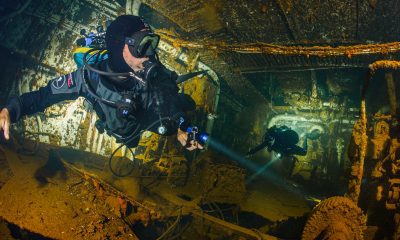

We’d like to kick off the new year with a selection of 11 hand-curated stories from our deepening well of content, call it, InDepth’s Top Tech...
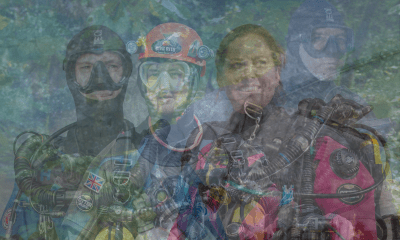

How much kit does it take to safely explore the underwater world? We celebrate our innate gearheadedness with British photo phenom Jason Brown.


Award winning photographer and tech instructor Becky Kagan Schott explains why these nine curated Great Lakes shipwreck photos are her favs.